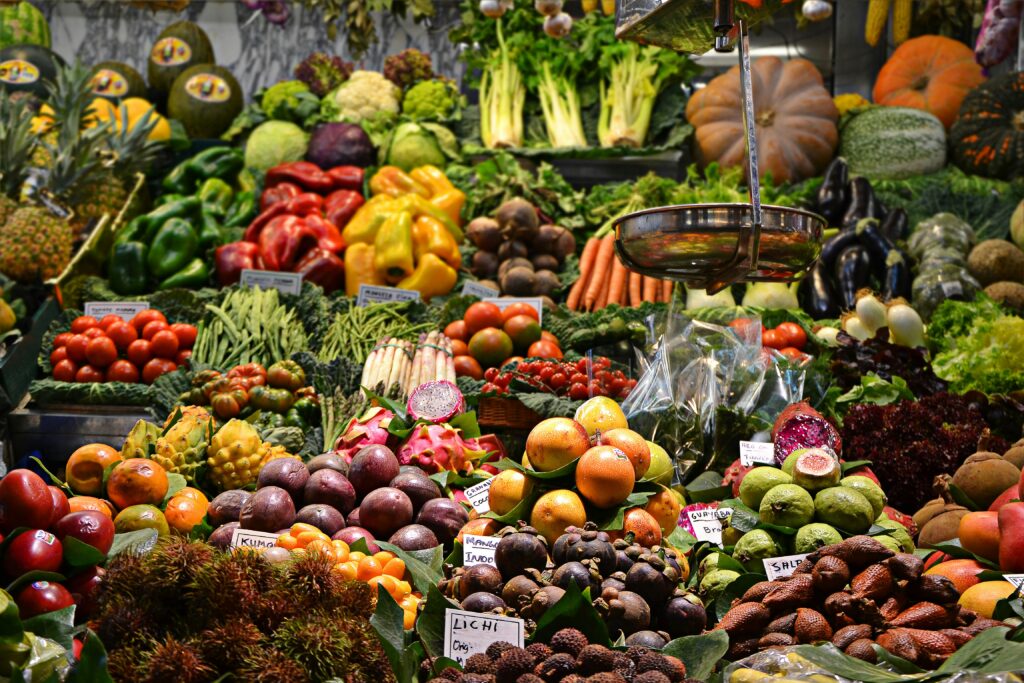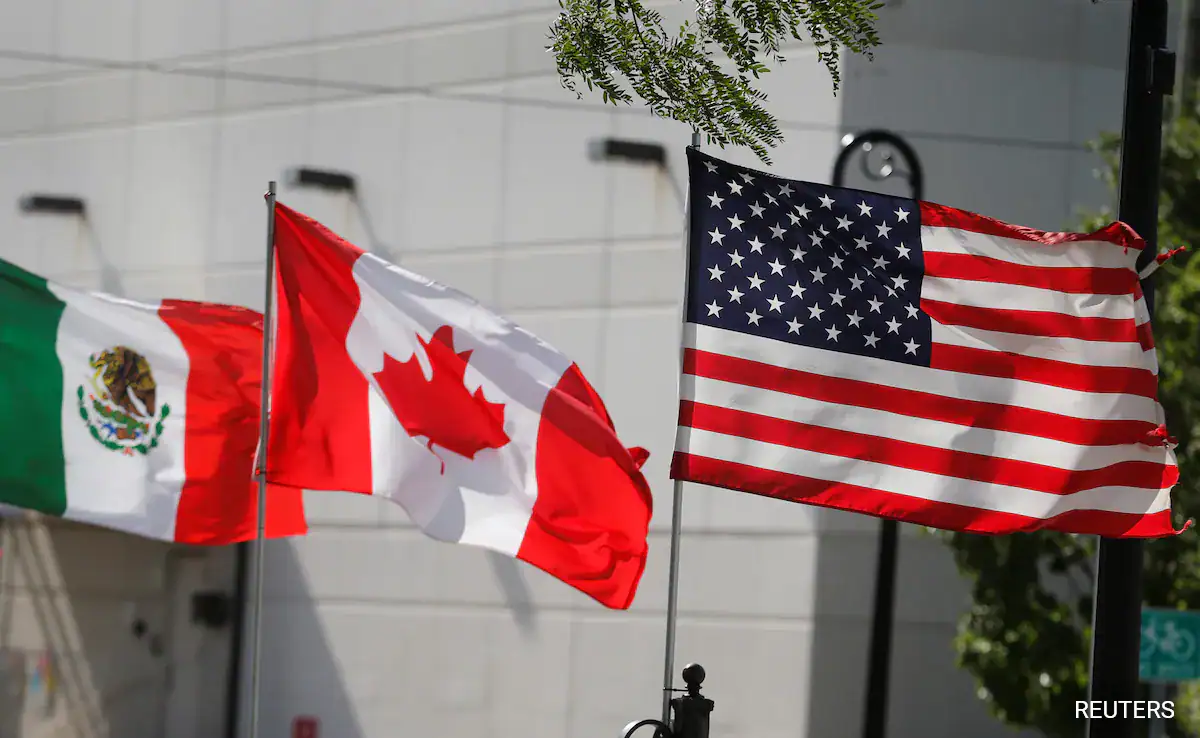Food & Climate
US imports tariffs from Canada and Mexico would affect the country food prices. Canada is the number one supplier of agricultural products to the U.S., including produce, grains, and meat. Mexico is the third largest supplier and accounts more than 30% of horticultural products, including fruits and vegetables, so, experts say that new American Tariffs That Started today could affect farmers and food Prices in local markets.
The White House press secretary announced yesterday that starting Saturday, February 1, 2025, the Trump administration would impose a 25% tariff on imports from Canada and Mexico and a 10% tariff on goods from China, according to reports seen by “Food & Climate” platform.
President Donald Trump said the US tariffs on imports from Canada and Mexico would benefit the country economy. However, many economists predict tariffs will lead to food price increases.
Experts also say the tariffs could impact farmers, since countries often respond by placing tariffs on American agricultural exports. During his last term, President Trump paid farmers tens of billions of dollars to offset losses they accrued due to tariffs, according to “Civil eats”.
US tariffs on imports from Canada and Mexico results
Canada and Mexico are the United States’ first and third largest suppliers of agricultural products (averaging $30.9 billion and $25.5 billion in 2017–21, respectively).
Mexico supplied the United States with 31% of imported horticultural products including fruit, vegetables, and alcoholic beverages. Canada is also a source of horticultural products, as well as grains, and meats. The European Union is the second largest import source, accounting for $28.0 billion worth of U.S.
agricultural imports in 2017–21, with horticultural products such as wine, spirits, and essential oils accounting for more than 60% the value. South America (led by Brazil, Chile, and Colombia) averaged $15.6 billion in U.S. imports from 2017–21, consisting largely of horticultural, sugar, and tropical products in which the region has a comparative or seasonal advantage, according to “USDA”.
During his first reign, Government payments to farmers have surged to historic levels under President Donald Trump as the Agriculture Department floods the industry with cash to stem the financial losses from Trump’s tariff fights and the coronavirus pandemic.
Direct farm aid has climbed each year of Trump’s presidency, from $11.5 billion in 2017 to more than $32 billion in 2019 — an all-time high, amounting to about two-thirds of the cost of the entire Department of Housing and Urban Development and more than the Agriculture Department’s $24 billion discretionary budget, according to a POLITICO analysis.

While Trump describes tariffs as import duties that are paid by foreign countries, they are in fact paid directly to the federal government by U.S. businesses, according to the Tax Foundation, a tax-focused think tank. Rather than swallowing the costs, corporations typically hike their prices for those imported goods to recoup all or some of the expense.
Egg prices in US and Canada
Despite the fact that commodity prices are rising steadily, and that US tariffs on imports from Canada, Mexico, or any other country could lead to further price increases, as it is natural for others to impose tariffs on US exports to them, which would ignite a trade war, Trump insists on such tariffs.
Among these commodities are egg prices in America, which continue to suffer from cost pressure, while they remain relatively stable in Canada.
The average cost of a dozen large eggs was $4.15 in December, according to the Bureau of Labor Statistics. This marks a 37% increase from the previous year. Egg prices could go even higher, with the United States Department of Agriculture predicting costs to rise 20% in 2025.
With bird flu also impacting poultry farms here and forcing farmers to cull millions of birds, could Canadian egg prices soon follow suit?
Canada’s supply management system — which regulates egg production, imports, and prices — has helped keep egg prices relatively stable, explained Sylvain Charlebois, director of the Agri-Food Analytics Lab and a professor at Dalhousie University.
“In Canada, we had to slaughter about 14.5 million birds so far. But because of supply management, farmers talk to each other. So from a biosecurity perspective, I would say that typically we go through this more efficiently because we share information, so outbreaks don’t necessarily get out of control …it’s a huge advantage” he said.

The U.S. egg industry operates in a more market-driven system, Charlebois explained, which leads to volatile prices when events like avian flu disrupt supply.
However, he cautioned that while prices have not been impacted in Canada yet, there’s no guarantee they won’t rise this year, especially during peak demand periods like Easter, according to “Global News”.

